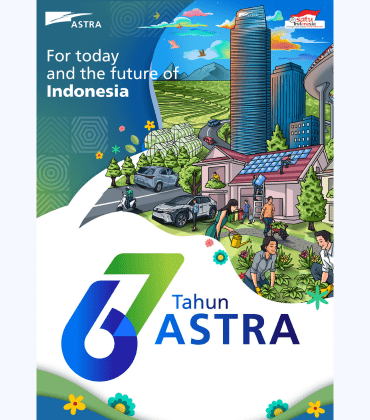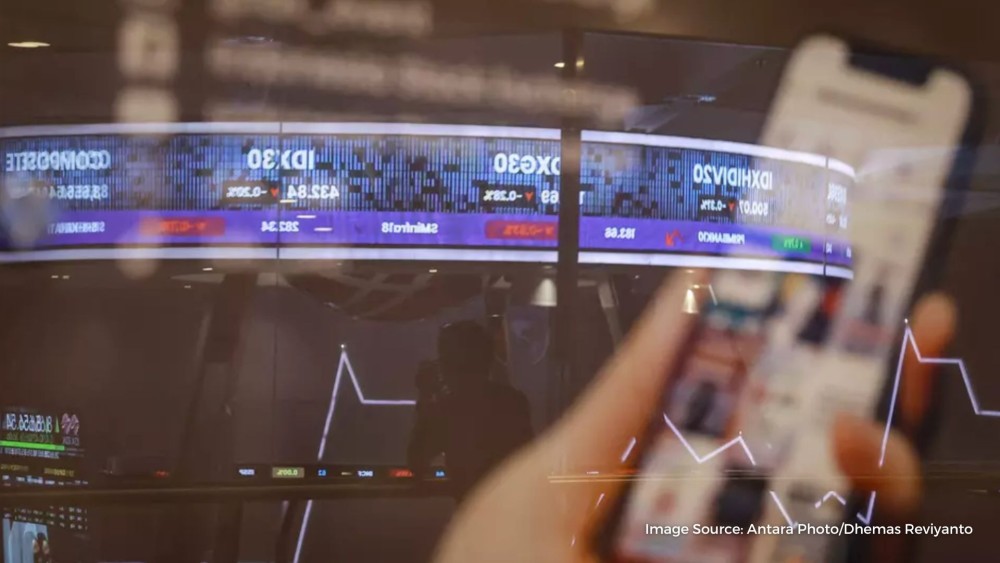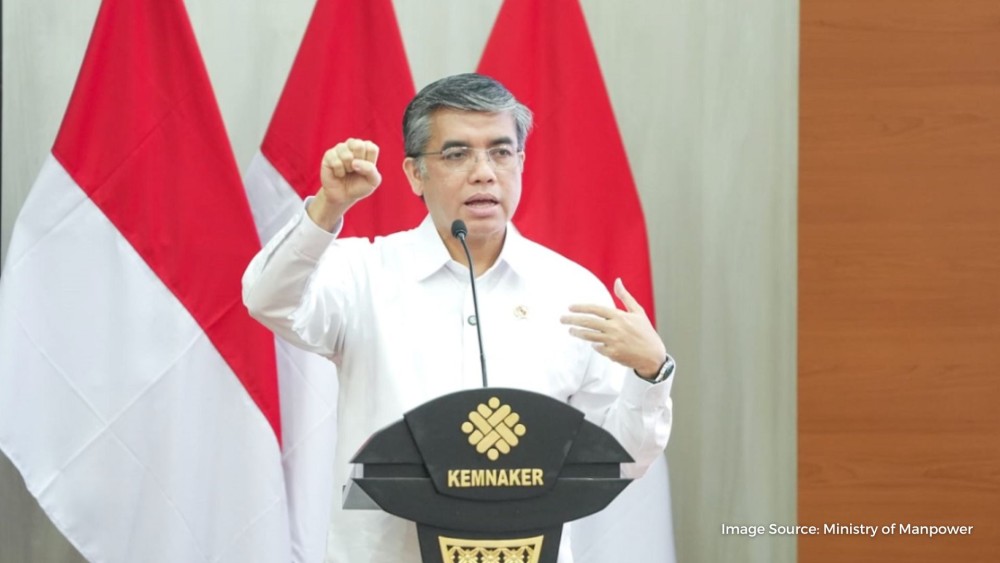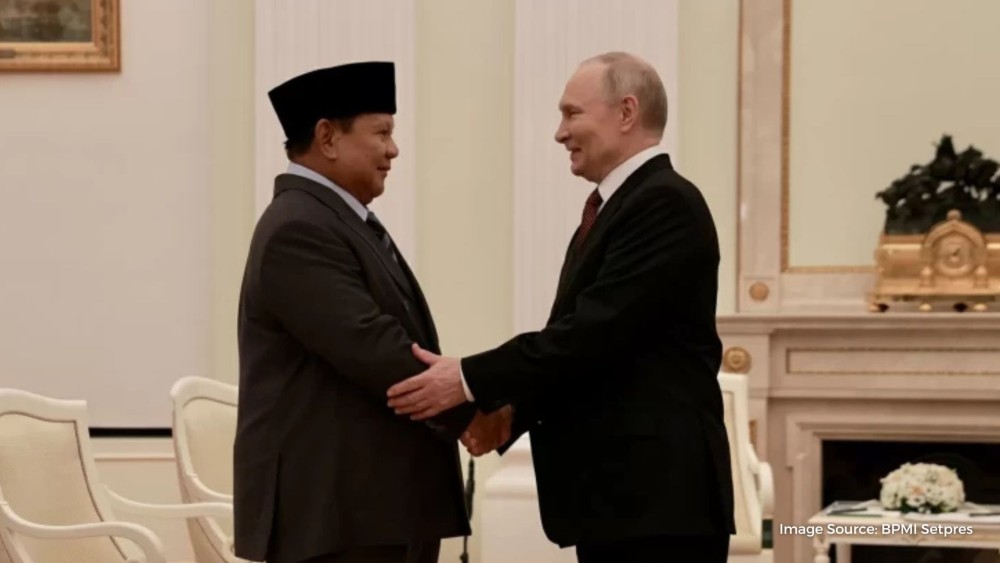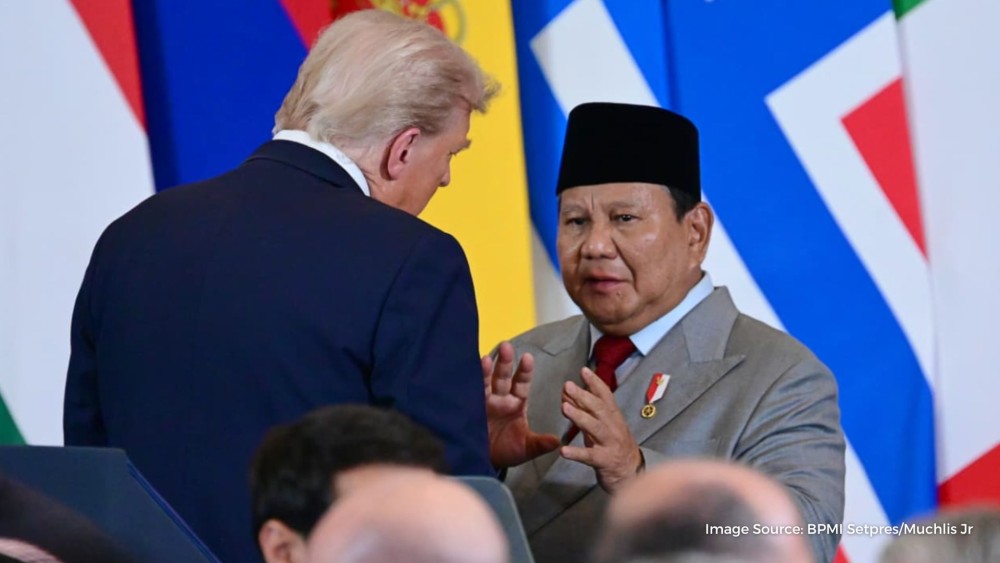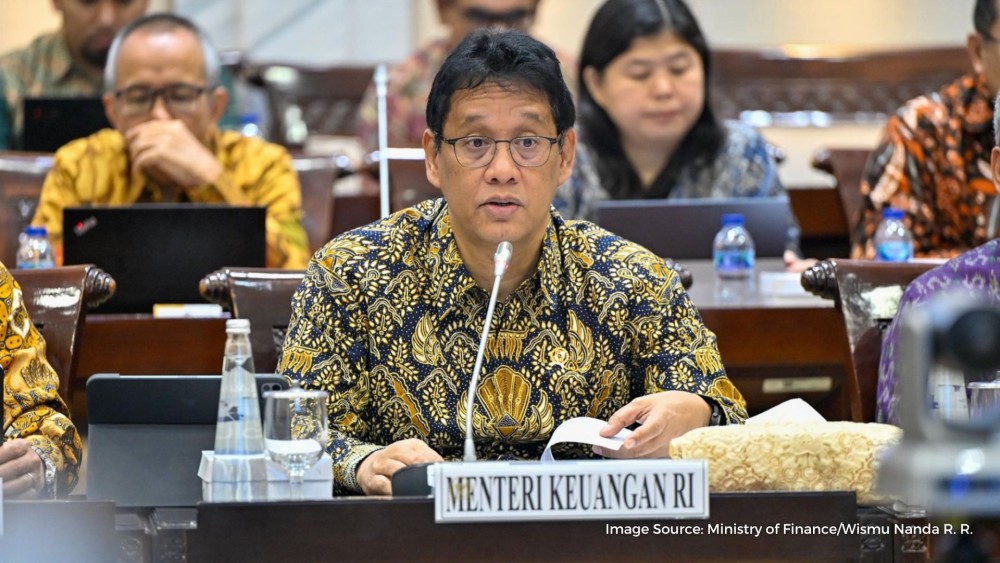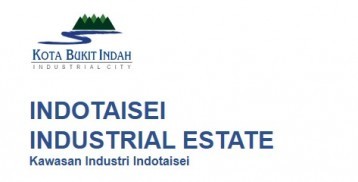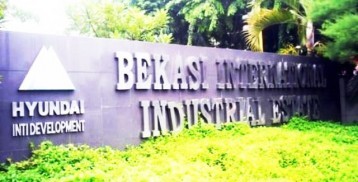New capital Nusantara as key to National Hydrogen Strategy
09 May 2024
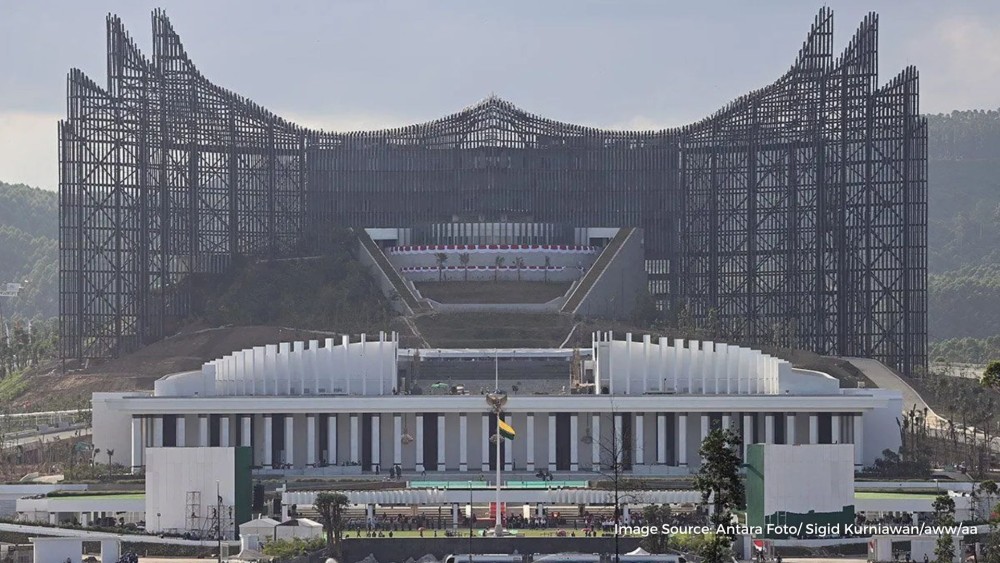
Indonesia is wealthy, in terms of new and renewable energy (NRE), and possesses abundant water resources due to large numbers and areas of lakes, rivers, and seas in addition to near-constant sunshine and wind flow.
The enormous NRE potential can be seen as one of the keys to actualizing the national vision of Golden Indonesia 2045. The optimal utilization of NRE is expected to lead the nation to sustainable economic development.
With that in mind, it is safe to say that Indonesia is in need of a transition from fossil-based energy to eco-friendly resources of energy. Thus, the country will succeed in achieving energy sustainability, resilience, and self-sufficiency.
It is believed that hydrogen can help Indonesia achieve those goals.
Since hydrogen is not primary energy, it needs to be produced using technology capable of processing eco-friendly sources of energy, such as water, wind, and solar heat.
It is worth noting that a majority of major world powers have started considering the utilization of hydrogen to achieve the net-zero emissions (NZE) target by the 2040-2070 period.
In this regard, Indonesia possesses huge hydrogen potential, as it is blessed with abundant sources of NRE. As an archipelagic state, Indonesia has the opportunity to boost its economy with hydrogen, given its status as the host of several important international sailing routes, including Malacca Strait, Java Sea, and Makassar Strait.
Unfortunately, though, Indonesia has yet to optimally tap into its hydrogen potential. Most of the hydrogen circulating in Indonesia is generated from natural gas and tends to be used in the industry sector as a raw material for the manufacture of fertilizers.
The Southeast Asian country has been consuming around 1.75 million tons of hydrogen annually, of which 88 percent is used for producing urea fertilizer, four percent for ammonia, and two percent for activities at oil refineries.
In fact, the Ministry of Energy and Mineral Resources has predicted that the national demand for low-carbon hydrogen would record notable increases during the 2031-2060 period.
The government has issued the National Hydrogen Strategy to promote the use of hydrogen as NRE. The strategy dictates Indonesia to cut its reliance on fossil-based energy, pursue decarbonization targets by developing the domestic hydrogen market, and export hydrogen and its derivatives to global markets.
A catalyst is deemed necessary to make the national strategy a success. Indonesia’s new capital city (IKN) Nusantara, being built in East Kalimantan, is regarded as the catalyst that the nation requires.
The question is will IKN Nusantara prove to be the exact catalyst needed?
Three-city Strategy
The Indonesian Government, in collaboration with domestic and international private actors, is developing and envisioning IKN Nusantara as a smart forest city, with the objective of achieving the Golden Indonesia 2045 vision.
The future seat of government will also be the first Indonesian city to be declared successful in achieving the NZE target. Nusantara is expected to accomplish the target by 2045, or 15 years sooner than the determined national target of 2060.
For Nusantara to record such a feat, the government must utilize NRE to power the city. The energy infrastructure strategy of IKN prioritizes the use of hydrogen as an eco-friendly gas instrumental for its residents’ daily activities.
The first step toward achieving the target is developing a 50-megawatt solar power plant capable of conducting a method commonly known as electrolysis that involves the decomposition of water compound (H20) into oxygen (O2) by utilizing electric current to produce so-called green hydrogen.
This method enables Nusantara City to generate an adequate supply of hydrogen for meeting the domestic needs of its residents. According to the plan, hydrogen gas will be distributed through a multi-utility tunnel (MUT).
MUT is an infrastructure built under the main road and has three compartments, each of which measures 2.2 meters in height, allowing a maximum of two technicians to conduct inspections and repairs.
MUT is expected to help IKN meet the need for a proper pipe network required for transitioning to the use of hydrogen as the main energy. The infrastructure will facilitate the distribution of hydrogen gas to people, businesses, and industries, thereby eliminating the need to rearrange the existing pipe network and incur a high amount of funds.
Both the solar power plant and MUT are expected to support IKN’s role as a catalyst for suppressing national reliance on fossil-based fuel in tandem with meeting domestic demands for energy, as mandated by the National Hydrogen Strategy.
Now, it is a matter of how the IKN will serve as a catalyst for executing the third mandate of the national strategy, namely exporting hydrogen to international markets. The Three-city Strategy emerges as a solution.
Under the strategy, the government is envisioning a triangle consisting of three economically resilient cities in East Kalimantan, namely Nusantara, Balikapapan, and Samarinda.
The strategy places Nusantara as the hub of the economy and green energy innovations, Samarinda as the main distributor of low-carbon NRE to Brunei Darussalam and Malaysia’s Sabah and Sarawak states by land, and Balikpapan as the hub of energy exports to other Southeast Asian countries by sea.
With the three cities exercising their roles in synergy, East Kalimantan Province is projected to emerge as a new economic superhub and the first province to export green hydrogen in Indonesia.
With all that in mind, it is not an exaggeration to regard IKN Nusantara among the keys to implementing the National Hydrogen Strategy aimed at achieving the NZE target and actualizing the Golden Indonesia 2045 vision.
To read original article click here
